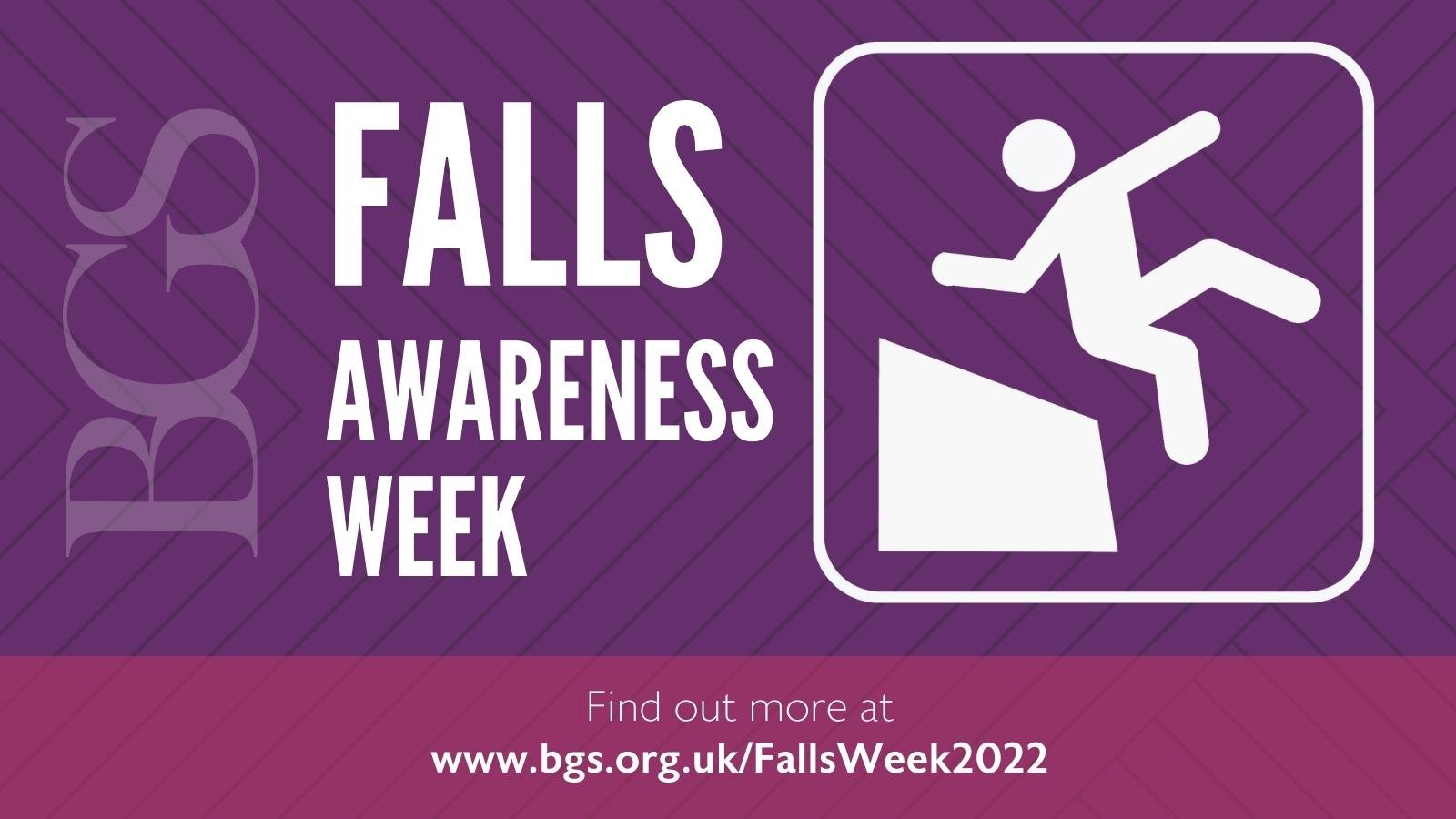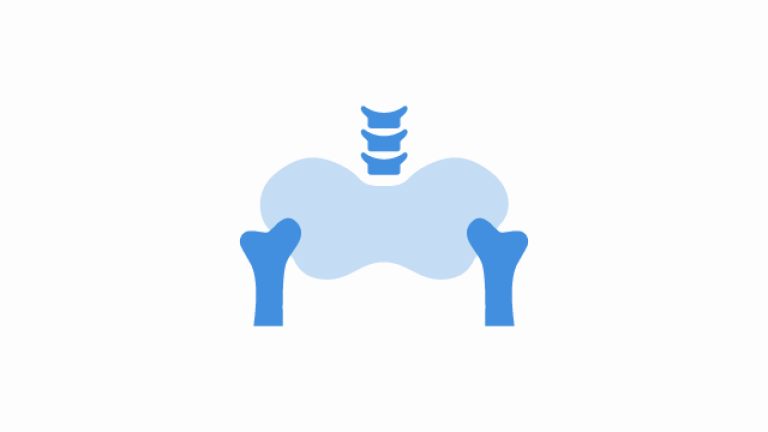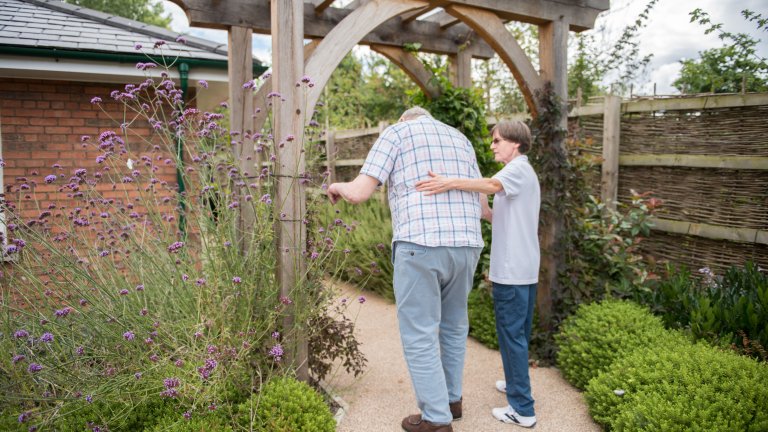Leah Bressington is BGS’s Care Home Fellow. For the next year she will be working on developing and implementation of ideas for the care home strategic project Ambitions for Change document, focusing on delivering high quality of care for all care home residents in the UK. After beginning her nursing career in care homes, she has had a 360-degree experience of care home work across all healthcare sectors.
Falls Awareness Week is a national health campaign to raise awareness of falls health and injury prevention. Across the UK there will be an abundance of seminars, conferences and many discussions will be had. Throughout my career as a front-line nurse caring for older adults in both acute and community settings, I have extensive experience managing falls. As Care Home Fellow for the BGS I am keen to share my knowledge about falls in care homes with the BGS community.
I would like to contribute to #FallsAwarenessWeek by sharing my top 5 falls recommendations plus a bonus recommendation. Together I think these make the biggest difference to care home residents.
-
Recognising that falls management is just as important as falls prevention.
With a growing population of over 400, 000 people living in UK care homes, and with residents three times as likely to fall as older people living at home, for the foreseeable future falls are likely to continue to be a daily dilemma for care home staff, despite prevention interventions. A balanced response to all falls is key. Of course it is important for care homes to focus on avoiding long term reduced quality of life and reduced mobility from serious injury, but this must be balanced with reducing unnecessary ambulance trips and A&E waits during what for most are their final precious years.
-
Making use of Comprehensive Geriatric Assessment (CGA).
This holistic and continuous assessment identifies functional limitations in older people with frailty to allow individualised care planning. The CGA includes a set of specific presentations including mobility and balance, bone health and falls. It is therefore effective in identifying a resident who has a history of falls, and helping the clinician identify and addresses contributing factors that have led to the falls. It is ideally initiated in the first week of admission to a care home. In my experience it is most effective when the care home nurses contribute and are aware of the individualised care plans. They are best placed to supports the goals set, for example, by encouraging the resident to mobilise around the care home.
-
Include a falls plan in the ReSPECT form and ensure it’s accessible.
The ReSPECT form aims to record a shared understanding between health care professionals and the patient regarding the patient’s most valued and most feared outcomes. Often, the forms are completed in A&E with little time for in-depth conversations about advance planning. They often lack a detailed action plan for responding to a fall, so that the first response of the care home staff member is to call for an ambulance even following a minor fall. I would encourage the care home nurse to be involved in writing the ReSPECT form with the rest of the multi-disciplinary team. They often have an established professional relationship and so are the right person to have that difficult conversation with a resident and their loved ones and be involved in advance planning. It is important that the ReSPECT form is accessible, that the content is understood, and that the agreed actions are followed by the care home nurse to prevent unnecessary hospital attendances.
-
Address the 2 Ps - polypharmacy and postural hypotension. They are closely related.
Medications are amongst the most common causes of increased falls in care homes but are a fixable problem needing only a structured medication review. A structured medication review should be carried out by a healthcare professional who has appropriate clinical and therapeutic knowledge and the skills to communicate with the residents and MDT. More information on this can be found in the BGS resource End of Life Care in Frailty: Medicines management. This guidance examines the issue of polypharmacy at the end of life. Please click here to view the other chapters in this series.
Postural hypotension can result from a multitude of factors, but I would always advise the same starting point, which is to perform a lying and standing blood pressure. In my experience, this is often performed incorrectly or not done at all. The BP should be taken 1 minute after standing from a lying position, and again at 3 minutes. Care home nurses should be trained and encouraged to do this after a resident’s fall and discuss the results with the multi-disciplinary team.
-
Encourage activity
The simplest and most effective recommendation for both falls prevention and falls management is to encourage care home residents to be active. Note I mention activity as opposed to mobility. Activity can include any form of movement and should be incorporated into everyday life for care home residents. The care home nurse is best suited to identify activities the resident enjoys, and to support them to do them as part of their care delivery. Activity not only encourages movement and prevents deconditioning but improves overall quality and enjoyment of life for all residents.
-
The care home nurse is key!
What struck me about my recommendations is they all have a shared commonality. The care home nurse! An often underused, overlooked, and undervalued healthcare professional. I encourage everyone to recognise and utilise the care home nurse as the centre point in falls prevention and falls management. This principle also underpins one of the largest studies about falls in care homes. The Falls in Care Home (FinCH) study led by Pip Logan in Nottingham University examined a new Guide to Action in Care Homes (GtACH) programme. which was designed by a collaboration group including care home staff and families to prevent resident falls in care homes. The study involved 84 care homes across the UK with 1600 residents over a three-year period by training care home staff to carry out a personal assessment and suggest changes that may prevent residents falling in the future. One of the main contributing factors to the project’s success in reducing falls was the inclusion of care home staff in the design stage of the programme, and in its implementation.
Ultimately, I believe the care home nurse is indispensable in the prevention and management of falls in care homes. Often, they are the first person at the scene after a fall, the first responder to the next action that follows and the source of information for the multi-disciplinary team. By working as a collaborative multi-disciplinary team, we can get it right when a resident falls.
One final thought: there is always something that can be implemented to reduce falls in care homes. If you’re stuck for ideas, I’m sure there will be plenty available in the seminars and conferences taking place across the UK during Falls Prevention Awareness week (Sunday 18th – Saturday 24th September). Don’t forget to re-watch content from the BGS’s 23rd International Conference on Falls and Postural Stability, which took place on 9th September.



